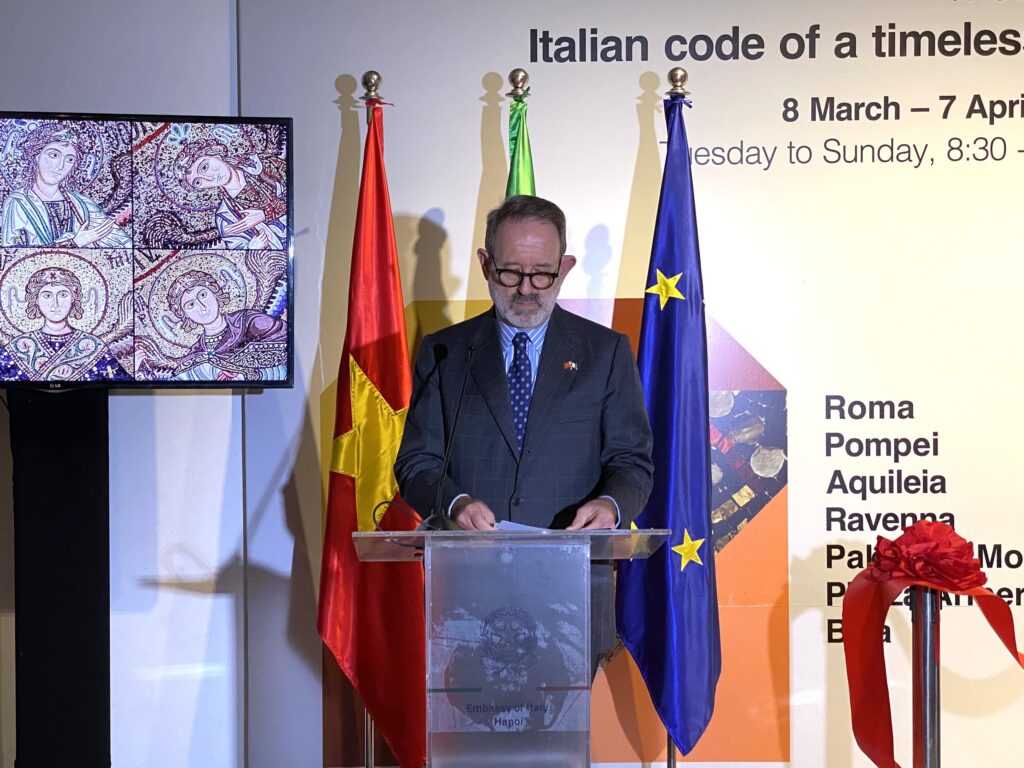
Mr. Marco Della Seta - Italian Ambassador to Vietnam delivered the opening speech of the exhibition.
The opening ceremony was attended by Mr. Marco Della Seta - Ambassador of Italy to Vietnam; Mr. Ta Quang Dong - Deputy Minister of Culture, Sports and Tourism; Mr. Ta Minh Tuan - Vice President of the Vietnam Academy of Social Sciences; Mr. Bui Nhat Quang - Vice President of the Central Theoretical Council, President of the Vietnam - Italy Friendship Association; Mr. Bui Ngoc Quang - Deputy Director in charge of the Vietnam Museum of Ethnology.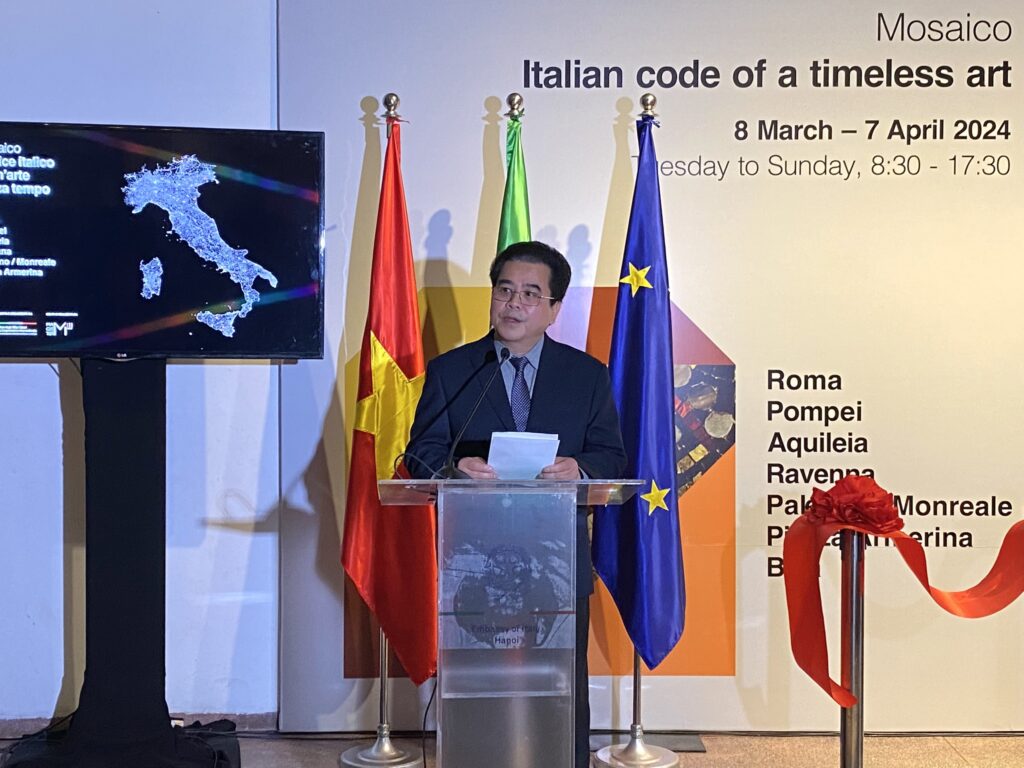
Mr. Bui Ngoc Quang - Deputy Director in charge of Vietnam Museum of Ethnology spoke at the opening ceremony.
The exhibition was conceived by Magister Art and promoted by the Italian Ministry of Foreign Affairs and International Cooperation as well as the Italian Embassy in Hanoi. The exhibition "Mosaic - The Italian Code of Timeless Art" chose Hanoi as the first destination in its journey to Asian countries such as China, Japan, Singapore... The reason is that Vietnam and Italy have just celebrated the 50th anniversary of diplomatic relations in 2023, along with that, Hanoi has the famous Ceramic Road (which once held a Guinness record for length) which also applies mosaic art. With a history of more than 2,000 years in Italy, mosaic art is not only considered a unique art, but also a form of photographic history. Through the works on display, the exhibition will tell the story of battles, religious (Christian), cultural, social and economic highlights spanning the history of ancient Italy and Rome through the unique and long-standing form of mosaic.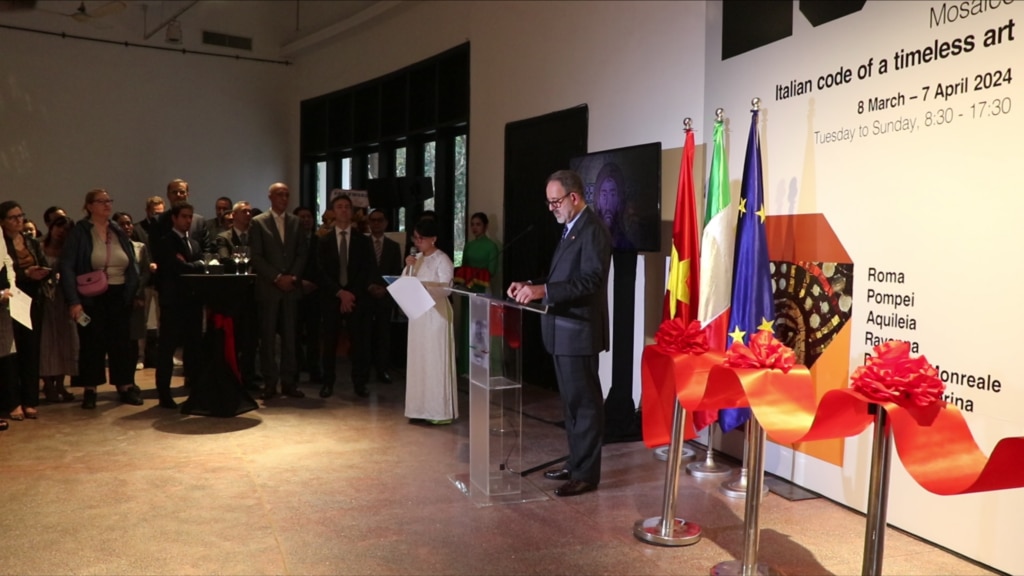
The opening ceremony attracted a large number of tourists, members of international diplomatic missions in Vietnam and the press. (Photo: Minh Anh/VNA)
To provide a comprehensive view of different artistic styles, themes and forms, the exhibition offers 6 sections, equivalent to 6 regions in Italy. Section 1 has two contents about Rome and Pompei. The section about Rome tells the glorious past of the Capital and the urbanization process that lasted for many centuries. There is also mosaic art influenced by Christianity through wall paintings in the basilicas. The section about Pompei has a prominent story about Alexander the Great in the confrontation with the powerful Persian Empire BC.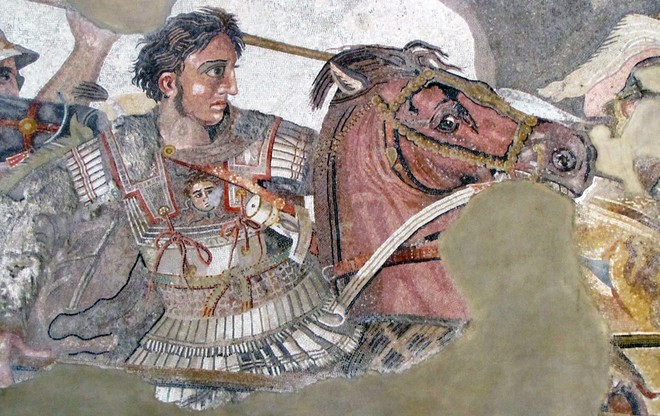
A 2,000-year-old mosaic depicting Alexander the Great, depicting his defeat of the Persian Empire in 333 BC. (Photo: Smithsonian)
Zone 2 is Aquileia, most notably the mosaic on the floor of the Basilica of St. Mary of the Assumption, which revolves around the historical moment when Emperor Constantine issued the Edict of Religious Freedom. Zone 3 is Ravenna, which also shows mausoleums and basilicas, in a bright, colorful style, with more clearly spiritual influences. Zone 4 is Pelermo/Monreale, which offers the grandeur, spectacular, harmonious and complex multiculturalism expressed in chapels and churches.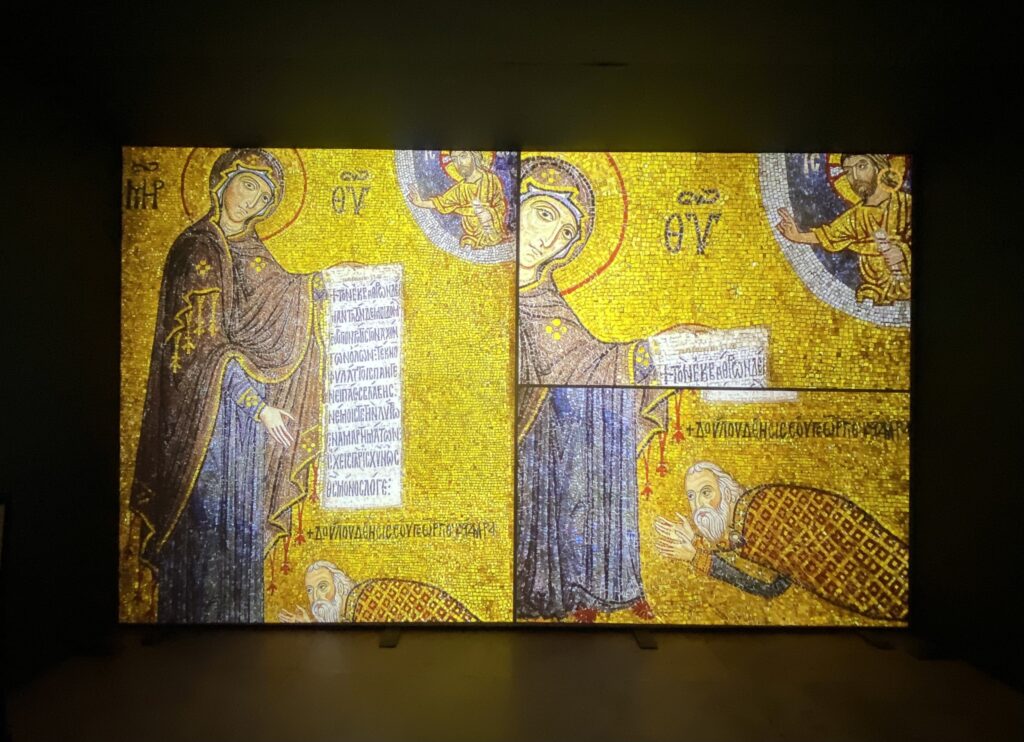
A work on display at this multimedia exhibition
Area 5 is Piazza Armerina, which features rooms of the ancient Villa Romana del Casale, depicting some of the daily life of the Roman Empire in the first centuries AD. Finally, area 6 – Baiae – is an underwater archaeological site, telling the story of a prosperous port in the past that has sunk to the bottom of the sea. If you want to see it with your own eyes, visitors must dive to see these mosaics. Italian Ambassador to Vietnam Marco Della Seta shared that mosaics are long-lasting thanks to their high durability, materials such as stone, glass, shells, etc. help to reinforce this characteristic. “Some mosaics in the exhibition are 2,000 years old and still look like new. The special technique of mosaics has many similarities with Vietnamese lacquer paintings,” he said.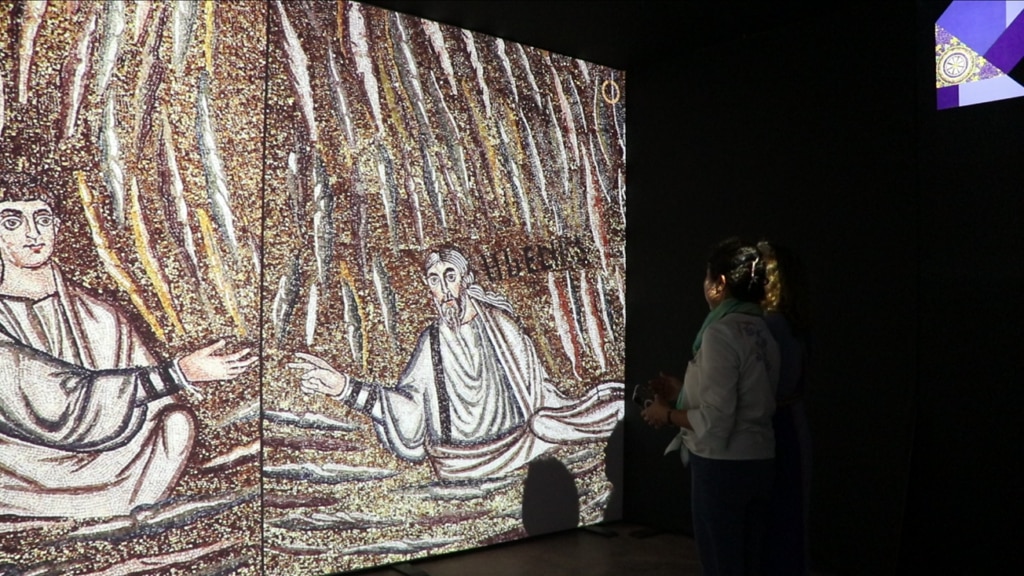 At the ceremony, Mr. Bui Ngoc Quang, Deputy Director in charge of the Vietnam Museum of Ethnology emphasized: “Through this multimedia exhibition, visitors from all over the world will have the opportunity to approach, learn and experience the unique cultural and artistic space of Italy with a 2000-year journey to explore the images, techniques and materials of some of the most famous and iconic mosaics of Italy, thereby deepening the love for art and culture and awareness to preserve and promote the values of human cultural heritage.” The digital exhibition “Mosaic. The Italian code of timeless art” takes place from March 7 to April 7 at the Vietnam Museum of Ethnology (Hanoi).
At the ceremony, Mr. Bui Ngoc Quang, Deputy Director in charge of the Vietnam Museum of Ethnology emphasized: “Through this multimedia exhibition, visitors from all over the world will have the opportunity to approach, learn and experience the unique cultural and artistic space of Italy with a 2000-year journey to explore the images, techniques and materials of some of the most famous and iconic mosaics of Italy, thereby deepening the love for art and culture and awareness to preserve and promote the values of human cultural heritage.” The digital exhibition “Mosaic. The Italian code of timeless art” takes place from March 7 to April 7 at the Vietnam Museum of Ethnology (Hanoi).


![[Photo] Prime Minister Pham Minh Chinh chairs a special Government meeting on the arrangement of administrative units at all levels.](https://vphoto.vietnam.vn/thumb/1200x675/vietnam/resource/IMAGE/2025/5/9/6a22e6a997424870abfb39817bb9bb6c)
![[Photo] Russian military power on display at parade celebrating 80 years of victory over fascism](https://vphoto.vietnam.vn/thumb/1200x675/vietnam/resource/IMAGE/2025/5/9/ce054c3a71b74b1da3be310973aebcfd)
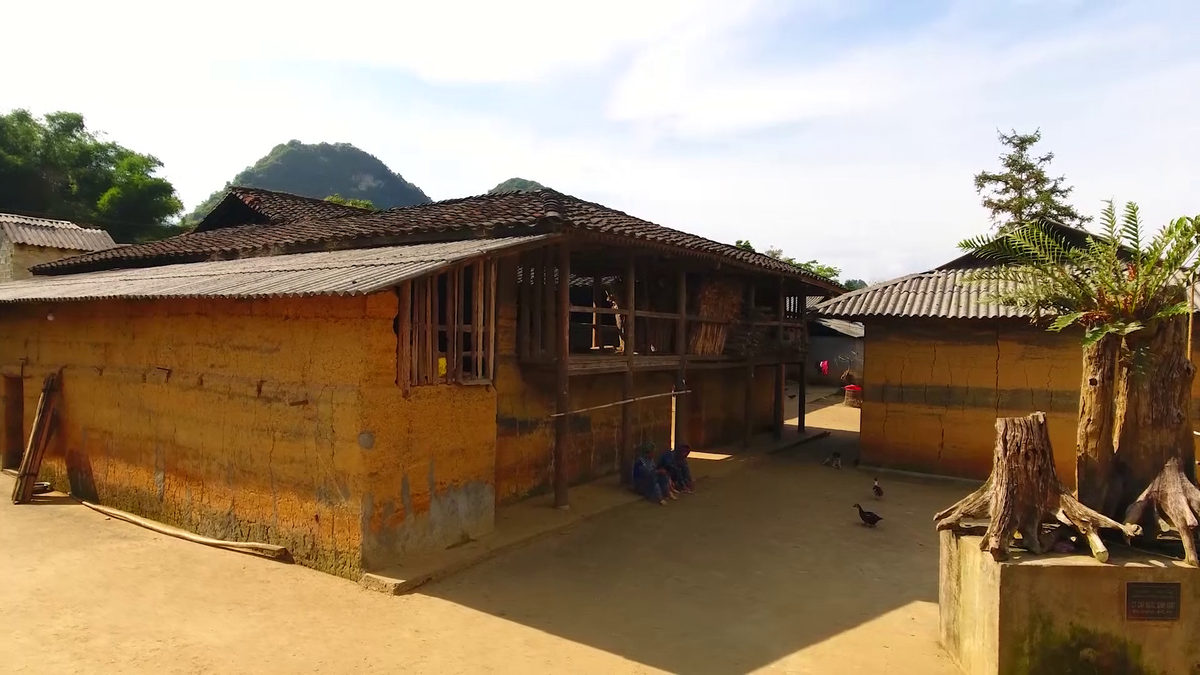
![[Photo] General Secretary To Lam and international leaders attend the parade celebrating the 80th anniversary of the victory over fascism in Russia](https://vphoto.vietnam.vn/thumb/1200x675/vietnam/resource/IMAGE/2025/5/9/4ec77ed7629a45c79d6e8aa952f20dd3)
![[Photo] Magical moment of double five-colored clouds on Ba Den mountain on the day of the Buddha's relic procession](https://vphoto.vietnam.vn/thumb/1200x675/vietnam/resource/IMAGE/2025/5/9/7a710556965c413397f9e38ac9708d2f)












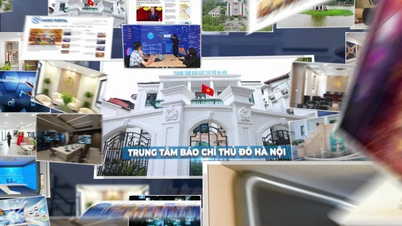

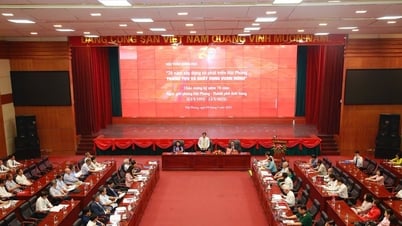









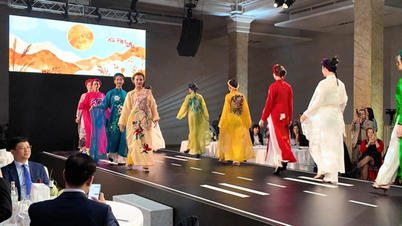


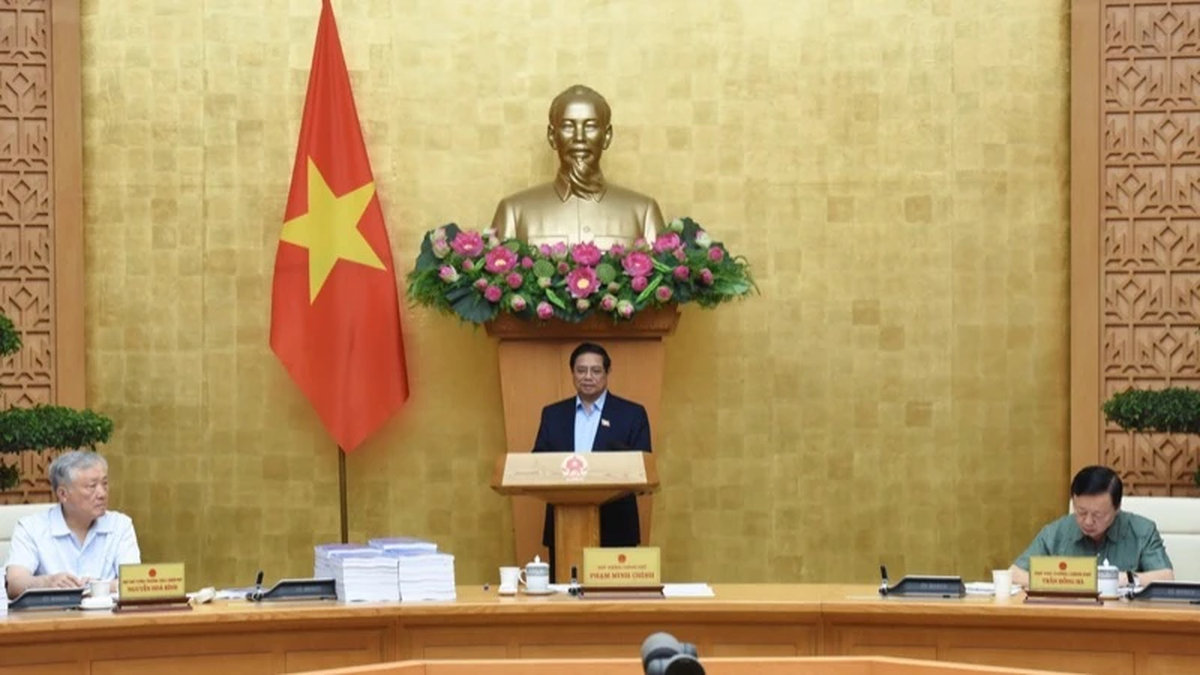
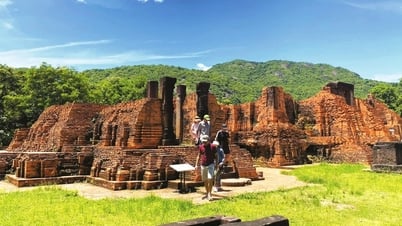

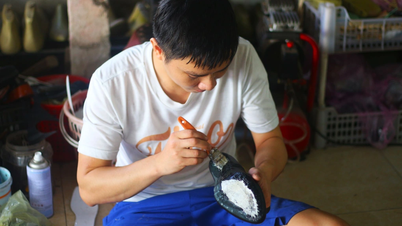

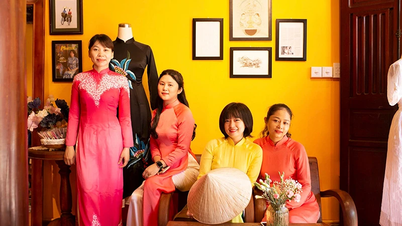

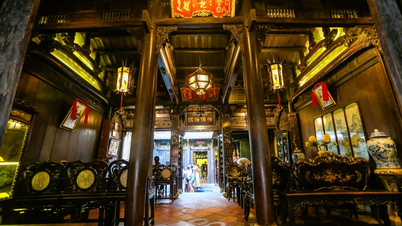
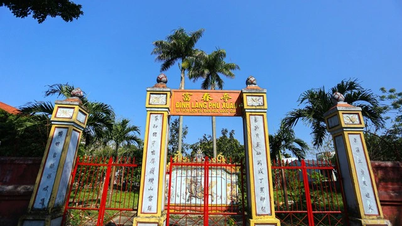
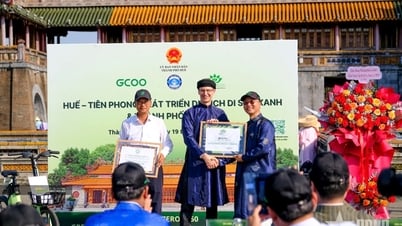

















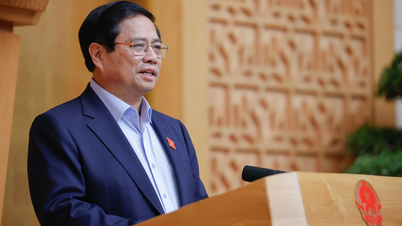











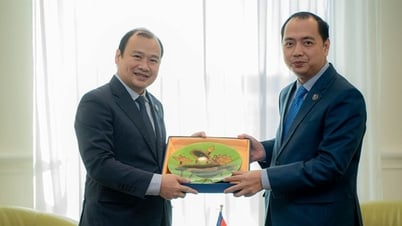

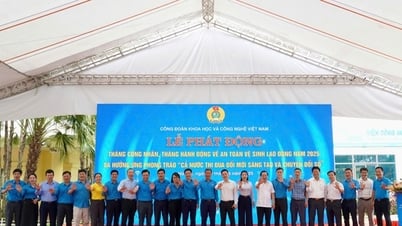
























Comment (0)